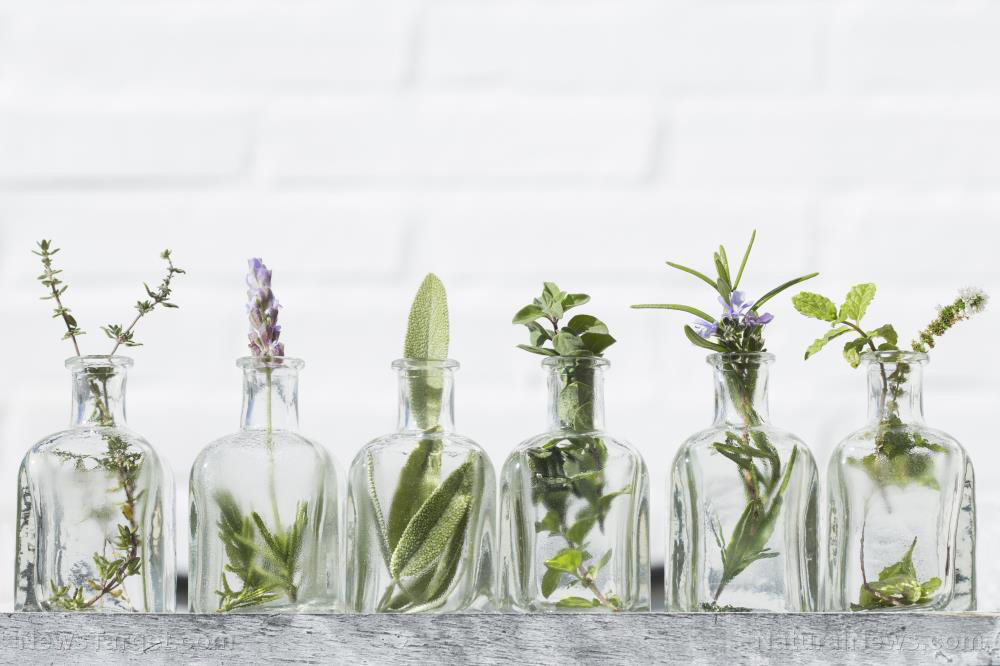
Studies suggest that Etlingera plants are rich in biologically active volatile components that contribute to their medicinal properties. Despite increasing scientific interest, data regarding their phytochemical composition and potential therapeutic applications are scarce.
In a recent review published in the Journal of Medicinal Plants Research, researchers at Noakhali Science and Technology University in Bangladesh compiled the results of studies on the active components and biological activities of essential oils derived from Etlingera plants. Their goal was to introduce these medicinal plants as alternative sources of antimicrobial agents that can be used to combat the emerging problem of microbial drug resistance.
Etlingera species: traditional uses
Since ancient times, Etlingera plants have been used as spices, vegetables and traditional herbal remedies. Here are some examples of the most commonly used Etlingera species and their medicinal uses:
- E. elatior -- Also known as torch ginger, this plant is traditionally used to treat earache, clean wounds and remove body odor.
- E. brevilabrum -- A rich source of essential oils, its leaves, sap and stolon are used to relieve dry skin and fever, treat sore eyes and soothe stomachaches, respectively.
- E. linguiformis -- Sometimes called the elongated torch ginger, the rhizome of this Etlingera plant can be used to treat jaundice, sore throat, stomachache, rheumatism and respiratory problems.
- E. megalocheilos -- The rhizome of this plant is traditionally used to make decoctions to treat stomachache, relieve flatulence and invigorate the heart.
- E. sessilanthera -- A traditional remedy for snake bite, this Etlingera species has shown good antimicrobial activity against clinically relevant bacterial strains (e.g., Bacillus cereus, B. subtilis and Staphylococcus aureus)
Etlingera essential oils: active components
The aromatic plants of genus Etlingera are known to produce large amounts of essential oils. Traditional systems of medicine in Southeast Asia recommend these plants and their natural products as treatments for a variety of health problems. Scientists also consider Etlingera plants promising sources of natural antibiotics. (Related: Proven home remedies: 10 Natural antibiotics you can find in your kitchen and home garden.)
Here are some of the major bioactive compounds found in Etlingera leaf essential oils (compounds with confirmed antimicrobial activities are in bold):
- 1,8-Cineole (eucalyptol)
- 1-Dodecanol
- Dodecyl acetate
- Elemicin
- Methyl eugenol
- (E)-methyl isoeugenol
- a-Pinene
- B-Pinene
- Thujene
Essential oils derived from Etlingera plant stems mainly contain:
- (E)-5-Dodecene
- 1,1-Dodecanediol diacetate
- 1,8-Cineole
- Limonene
- B-Pinene
- a-Phellandrene
Essential oils derived from the flowers of Etlingera plants contain:
- Cyclododecane
- 1,1-Dodecanediol diacetate
- Dodecanal
- n-Dodecyl acetate
- 1-Decanol
- 1-Hexadecanol
Essential oils from the rhizomes of Etlingera plants contain:
- Aromadendrene oxide
- Trans-anethole
- 1,8-Cineole
- 1-Dodecanol
- n-Dodecyl acetate
- Decanoic acid
- Methyl chavicol
- Lauryl acetate
- (E)-methyl isoeugenol
- Cyclododecane
- Dodecanoic acid (lauric acid)
- Linalool
- ?-Pinene
- B-Pinene
- a-Phellandrene
Essential oils from the peduncle of Etlingera plants contain:
- Cyclododecane
- Dodecanol
- Dodecanal
- (E)-2-Tetradecene
- Caryophyllene oxide
- a-Pinene
- n-Dodecyl acetate
- Cyclotetradecane
Meanwhile, essential oils derived from whole Etlingera plants contain:
- Caryophyllene oxide
- n-Dodecyl acetate
- a-Pinene
- B-Pinene
- Nerolidol
- Phellandrene
- Cyclododecane
- 1-Dodecene
Because of their abundance in active chemical components, the researchers believe that exploring the biological activities of essential oils from different Etlingera species will lead to the identification of new compounds, which can be used in modern medicine, cosmetics and pharmaceutical products as powerful antimicrobial agents.
To learn more about other plant compounds with antibacterial or anti-fungal activities, visit Phytonutrients.news.
Sources include:
Please contact us for more information.























